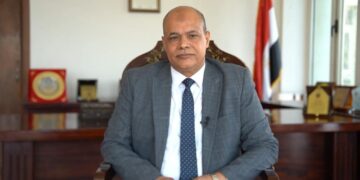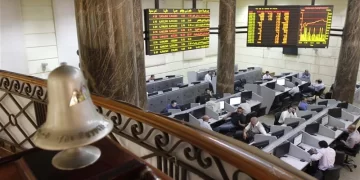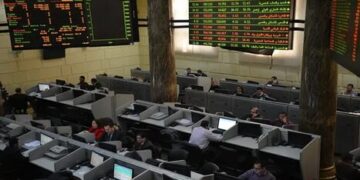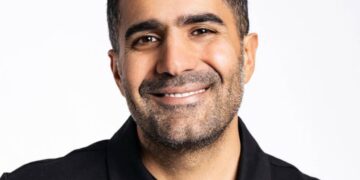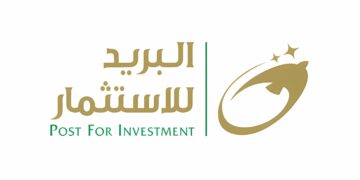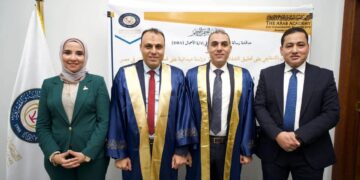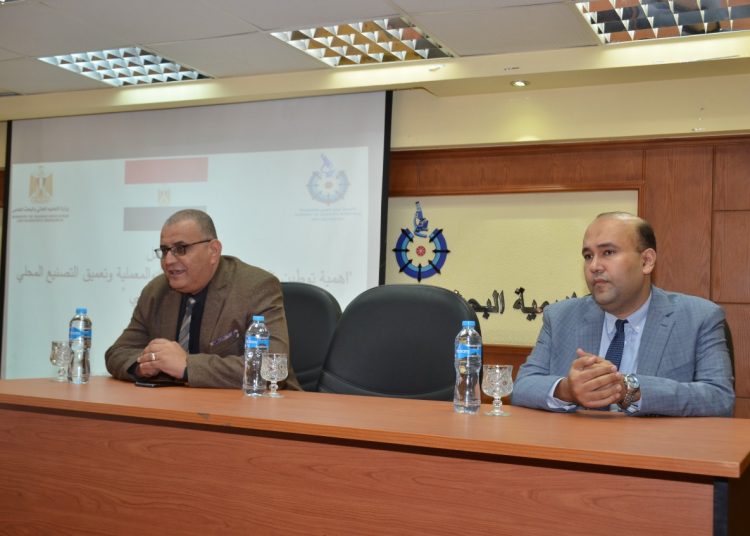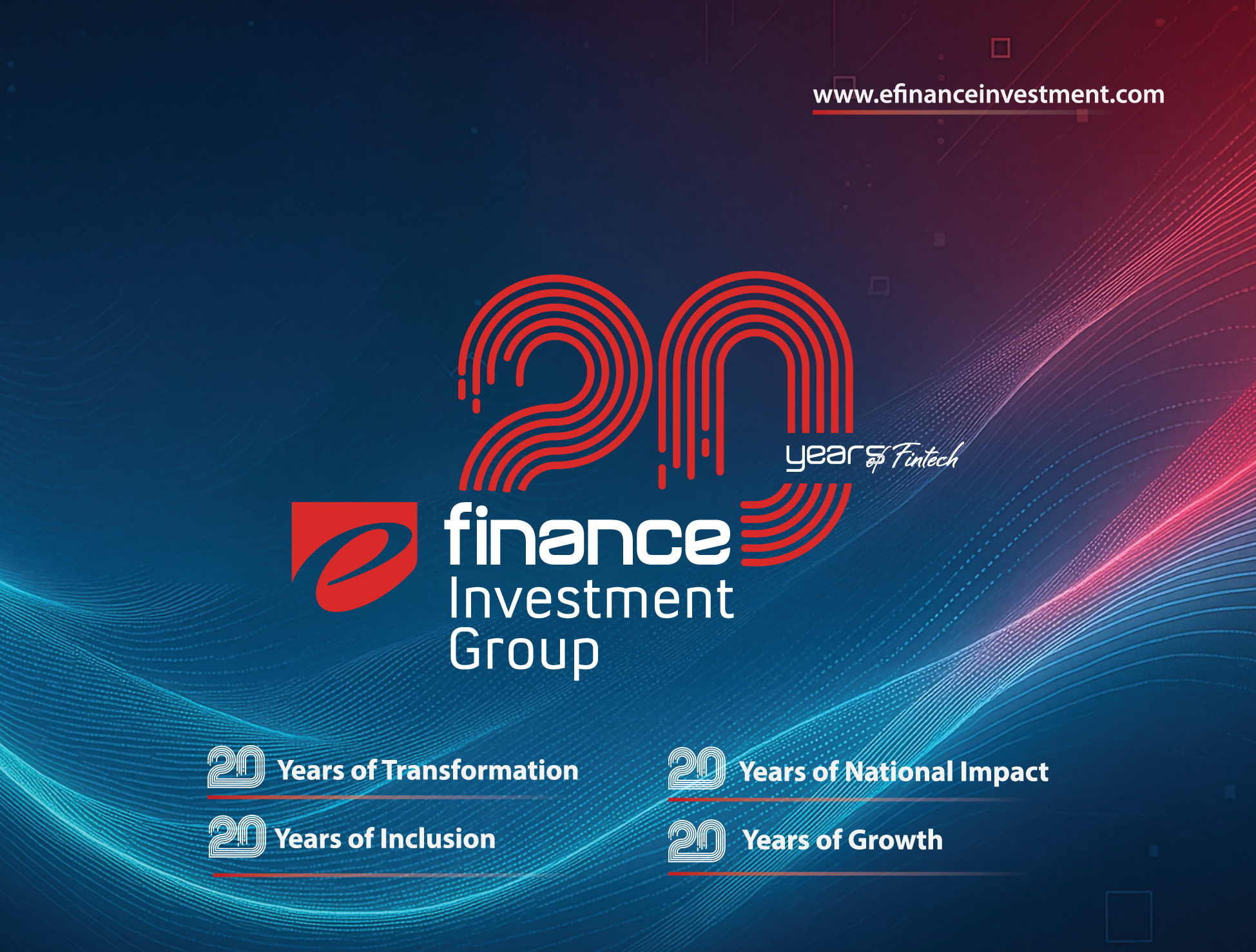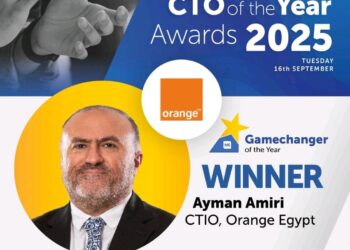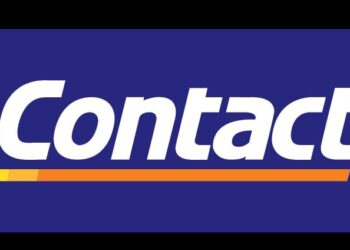Medical device industry technology experts reveal challenges and demand a clear strategy for the state to support the sector
Medical device industry technology experts are setting a prescription to localize the industry with local investments
Experts: A plan must be drawn up to develop technology producers and transform them from covering the local market to compete globally
Experts: The return on investment in the event of the production of locally developed technology is greater than the assembly of medical devices from an external factory
A workshop held under the auspices of the Academy of Scientific Research and Technology, headed by Dr. Mahmoud Saqr, entitled: “The Importance of Localizing Medical and Laboratory Devices Technology, Deepening Local Manufacturing and the Role of Scientific Research,” discussed the role of R&D in localizing the medical device industry in Egypt and increasing investment in it.
The workshop was opened by Dr. Amr Farouk, Assistant President of the Academy of Scientific Research and Technology, stressing the role of the Academy and its clear efforts and achievements in developing the medical device industry in Egypt.
Eng. Mustafa Al-Wakeel, CEO of Biobusiness and an expert in the manufacture and development of medical devices, presented the first session entitled The Research and Development Dilemma, in which he discussed the two topics of defining the medical device industry and research and development.
Where they discussed the process of developing and manufacturing medical devices, which should follow the V model, and the return on investment in the case of manufacturing low-tech medical devices, which is very little, but in the case of manufacturing high-tech medical devices, the return on investment becomes much higher.
It is noteworthy that the volume of spending on research and development operations for medical devices during the past year amounted to about $49 billion.
The United States of America topped the list of countries investing most in the field of medical devices, as it owns 55% of these investments in the world, while the proportion of Europe as a whole reached 14%, while Africa or the Arab region does not have any investments in this important industry.
Investment opportunities as a provider of technology development services Outsourcing for large medical companies instead of working on complete devices, in which the development departments are often busy with a number of large projects, where the investments directed towards this type of projects last year amounted to about 2.5 billion dollars.
During the workshop, the expected demand for medical devices within the Egyptian market was reviewed, and the study carried out by the former Minister of Health, Dr. Adel El-Adawy, which raises the status of the medical sector and the services provided to the Egyptian people.
The study indicated that during the coming period, a large number of hospitals, intensive care beds and nurseries should be added so that the national goal of providing good health service to the Egyptian people can be covered.
This reflects that the Egyptian market is a very promising market, and the current situation can be invested in to bring more investments to the health sector, with a plan to develop technology producers and transform them from covering the local market to compete in the international market.
The workshop set a prescription for the challenges facing the medical device industry in Egypt, where the attendees agreed to increase spending on research and development in Egypt, and despite the great role played by the Academy of Scientific Research in this field, there must be greater support from the government in cooperation with the sector To increase investment in research and development because of its importance in the development of the industry in general.
The attendees emphasized that the expected return on investment in the event of producing locally developed technology is much greater than the return on assembling medical devices from an external factory, as the technology owner gets the largest percentage of the profit, while the assembler gets the least amount possible.
The attendees stressed that there are problems in investments and financing, and that the serious investor is not interested in this type of industry, as the return on this industry is delayed by more than 10 years, while it is heading towards high-risk investment in software companies, in which the return on investment ranges between two to three years. .
- Some examples of major companies that have acquired research and development companies working on advanced technology were presented, and that most of the acquisitions were made in America, as previously mentioned that most of the investments in advanced technology for medical devices are controlled by the United States of America.
The attendees pointed out the problems of the lack of experienced engineers who are ready to develop this type of industry.
They also pointed out that there are problems related to the amount of experience accumulated by the research and development team, which leads to not accurately estimating the time required to develop this type of technology, which results in a delay in the delivery of the project in general.
The attendees pointed out the lack of a supportive climate for this type of industry, as manufacturing to meet the needs of the local market and only leads to a loss of investments, while heading to the global market includes many challenges related to tests, quality and the volume of investments required for global competition.
The attendees stressed the need for the state to have a general strategic direction towards supporting the medical device industry, by emphasizing that the facilities for obtaining land and licenses are not sufficient alone to carry out this type of industry (essentially aggregate), but other facilities must be obtained (the Malaysian model).
They pointed out that there are many experiences that can be benefited from in this field, including the Iranian experience, where that country, under siege, was able to develop an industry for medical devices that meets its needs. Take advantage of it greatly.
This is in addition to not protecting serious Egyptian products from fierce global competition if they are in the Egyptian market, which may burn prices in the market for a period of time leading to damage to the local factory and failure of the investment experience.
The attendees continued: “With all the problems mentioned, the investor tends to import instead of serious manufacturing because of the ease of this solution compared to the complications related to manufacturing.”
Finally, the attendees pointed out the complications related to export subsidies, including the late arrival of raw materials and raw materials used for research and development, in addition to the problems of supply lines, in addition to the high cost of free zones compared to investments in industrial zones.
انت تقرأ هذا الموضوع في قسم English على موقعك المفضل البيان الاقتصادي نيوز.
كما يمكنم ايضا تصفح المزيد من الاقسام الهامة في موقعنا:





